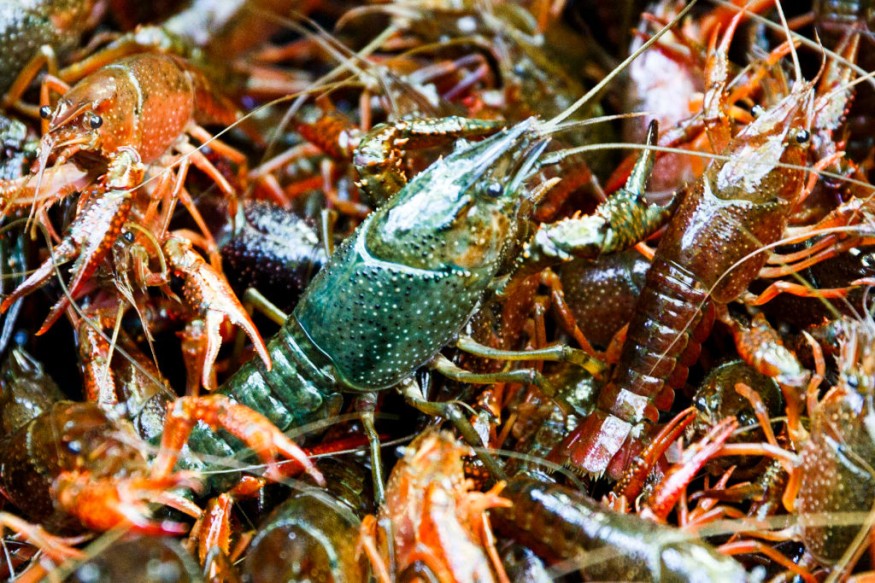Antidepressant traces pouring into rivers and lakes may be causing crayfish to act more aggressively, disrupting their ecosystems.

Medications Leaking in Waterways
Evidence is mounting that different medicines can wind up in rivers due to people's urine excretion. Antidepressants classified as selective serotonin reuptake inhibitors (SSRIs) are extensively used to treat depression and anxiety in the United States, with about one in every eight individuals using them.
Serotonin Boost
SSRIs boost serotonin levels, a brain-signaling chemical found in many animals, including crayfish, in humans. Lindsey Reisinger and her colleagues at the University of Florida wondered if the medicines might make crayfish less frightened in the same way that they do in people.
Impact on Crayfish
Her team studied crayfish behavior in two artificial water streams, one of which included trace amounts of citalopram, an SSRI antidepressant. When the medication was available, the animals emerged from their shelters nearly twice as quickly to investigate their surroundings and spent roughly twice as much time seeking food. "They spend less time concealing and adapt to new environments faster," Reisinger adds.
According to Reisinger, the animals' increased boldness might have several consequences, including rendering them more exposed to predators like fish and wading birds. Some crayfish species are considered invasive in some places, while others are considered endangered.
Crayfish spending more time looking for food - such as algae and leaf litter - might limit the quantity of organic matter in streams, which might negatively affect ecosystems.
Recommendation

To help solve the problem, team member Alexander Reisinger, also of the University of Florida, recommends that consumers return unneeded medications to pharmacies rather than flushing them down the toilet.
Antidepressants on Animals
Antidepressants have an impact on not just humans. According to research, female starlings fed food laced with the antidepressant fluoxetine (Prozac) were less "attractive" to males and hence less likely to mate. This is the most recent evidence of the dangers of the medicines we are putting into the environment.
As Pollutants
Antidepressants, like many other medications, are not entirely broken down in our systems. Some of it is expelled into our urine, where it eventually ends up in wastewater treatment plants. These facilities cannot break down the narcotics, which subsequently find their way into our rivers and estuaries, where they come into touch with and accumulate in animals. With the rising number of young and old individuals suffering from mental health issues and the rapid growth in antidepressant and anti-anxiety drug prescriptions, these water pollution issues are only going to worsen.
Changes in Animal Behavior
One of the challenges is that animal behavior changes fast, making it difficult to capture without upsetting the specimens you're attempting to track, especially in a muddy river. To use people as an example, an individual may not always be aggressive or nervous depending on whether they were in a large or small place and the time of day. Their behavior may change.
For more environmental news, don't forget to follow Nature World News!
© 2026 NatureWorldNews.com All rights reserved. Do not reproduce without permission.





